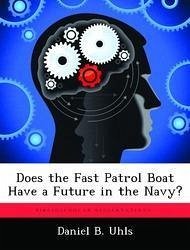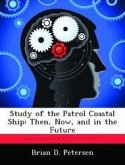The post-Cold War era has posed new priorities to the United States Navy. The absence of a naval threat capable of challenging the Navy for control of the seas has allowed the Navy to refocus its efforts to littoral operations. A majority of the Navy leadership's efforts during the past decade has been directed at redefining the capabilities and roles of the Cold War fleet rather than seeking new alternatives for littoral operations. More and more the Navy has found itself involved in Military Operations Other Than War (MOOTW) missions in the littoral. These missions have called into question the operational and financial prudence of employing its high technology, high cost fleet in low-end operations. This thesis evaluates the use of fast patrol boats as an alternative means for conducting littoral MOOTW missions. This thesis uses the operational and financial histories of the Cyclone (PC-1) class patrol coastal and the Oliver Hazard Perry (FFG-7) class guided missile frigates as the basis for a historical study. This study concludes that fast patrol boats are relevant to the Navy of the future, and should be included in the force structure.
Hinweis: Dieser Artikel kann nur an eine deutsche Lieferadresse ausgeliefert werden.
Hinweis: Dieser Artikel kann nur an eine deutsche Lieferadresse ausgeliefert werden.








